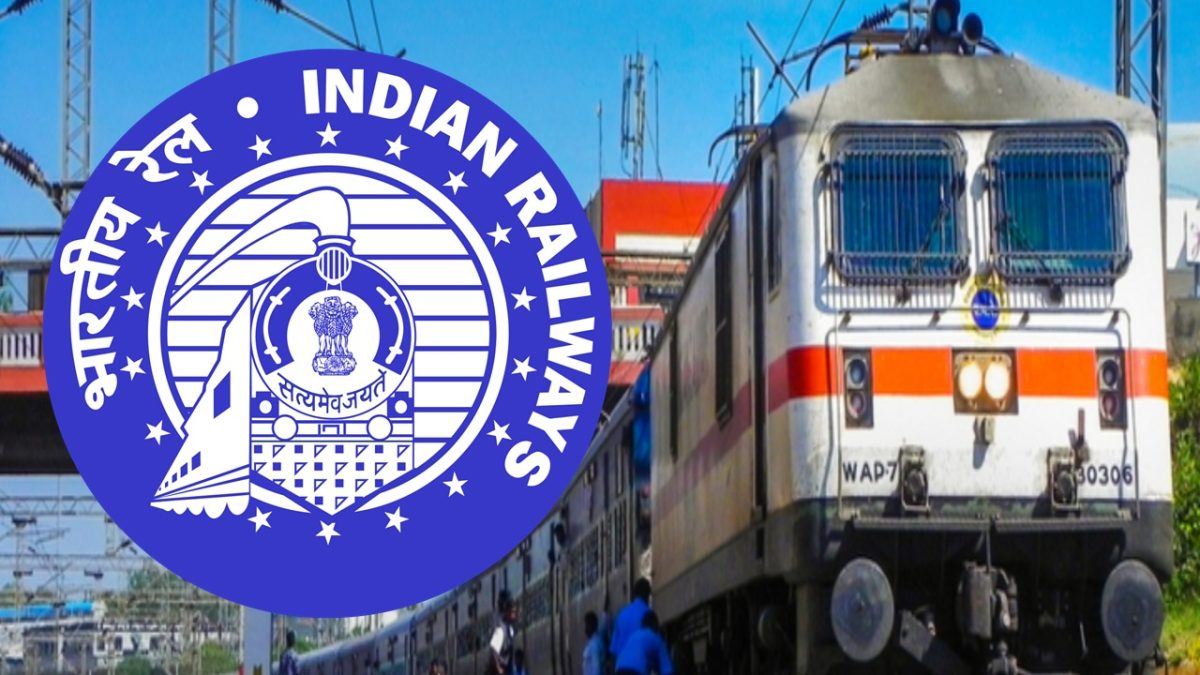Free Courses Sale ends Soon, Get It Now


Free Courses Sale ends Soon, Get It Now



Copyright infringement not intended
Context: The Prime Minister of India inaugurated the ambitious project of transforming 508 railway stations in India through a virtual event. The project, which is part of the Amrit Bharat Stations scheme, aims to redevelop nearly 1300 prime railway stations across the country with modern amenities and facilities. The total cost of the project is estimated at ₹24,470 crores.
Details
Background
Features
Significance
Steps taken to modernise railway infrastructure
Challenges
Way forward
By taking these measures, India can realise its dream of transforming its railway stations into world-class city centres that provide a pleasant and memorable travel experience to passengers and contribute to the overall urban development of the country.
Must Read Articles:
MODERNISATION OF INDIAN RAILWAYS: https://www.iasgyan.in/daily-current-affairs/modernisation-of-indian-railways
|
PRACTICE QUESTION Q. How does the Indian railway system contribute to socio-economic development in the country? What challenges does it encounter in fulfilling this role, especially in terms of infrastructure and modernization? What steps can be taken to address these challenges and pave the way for a more impactful role of the railways in India's socio-economic progress? |
© 2024 iasgyan. All right reserved